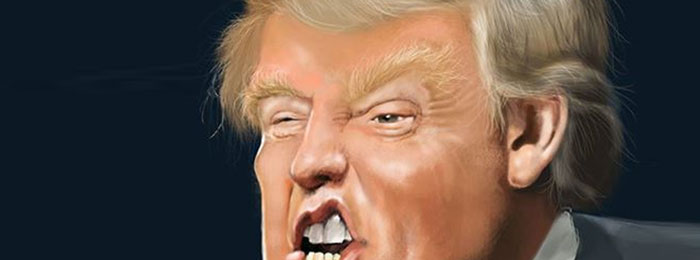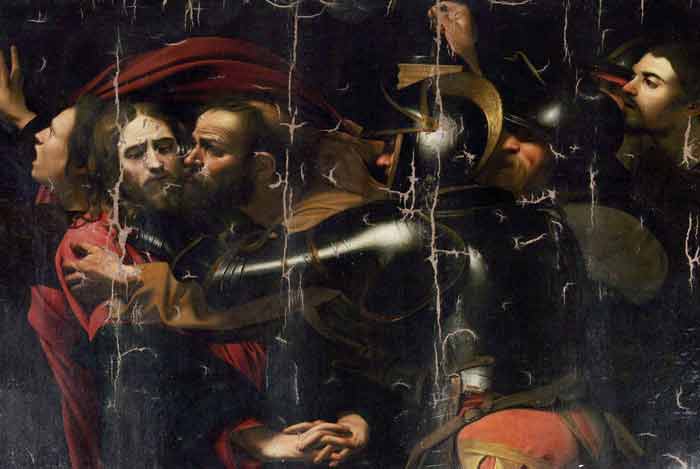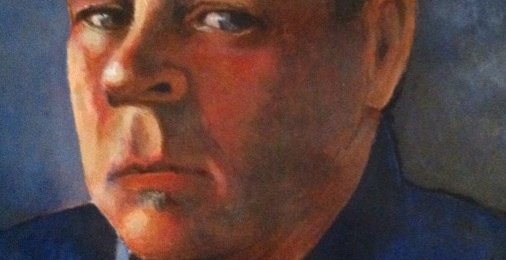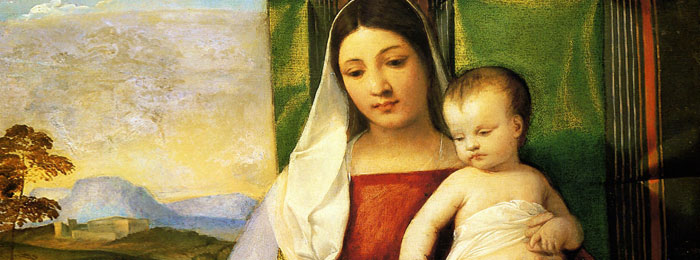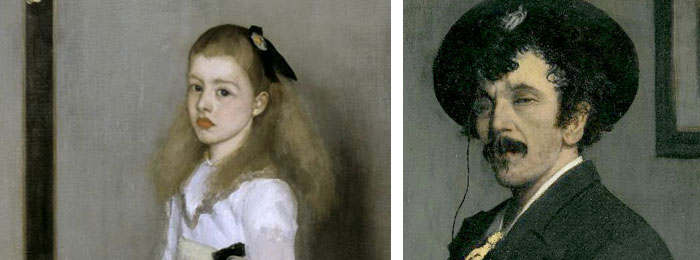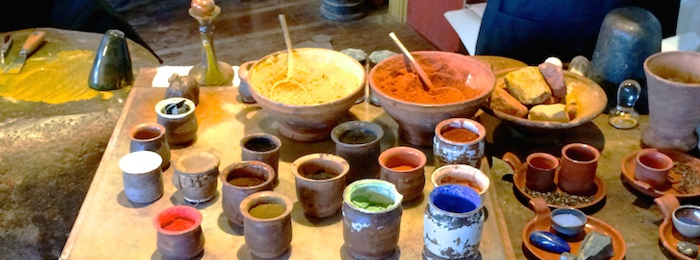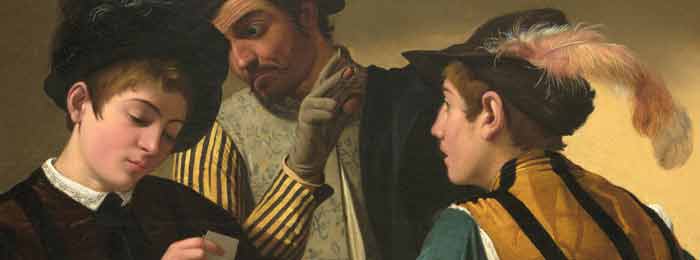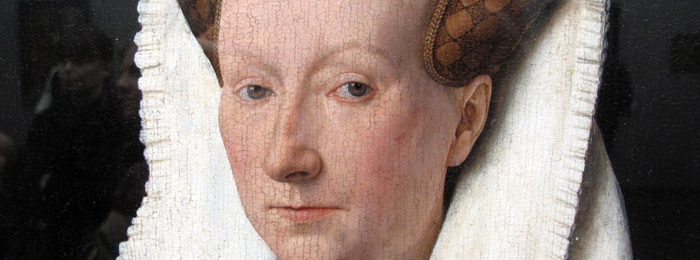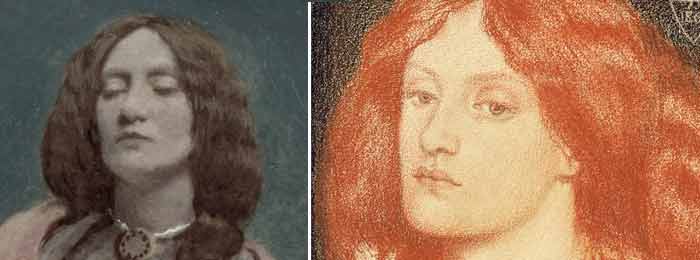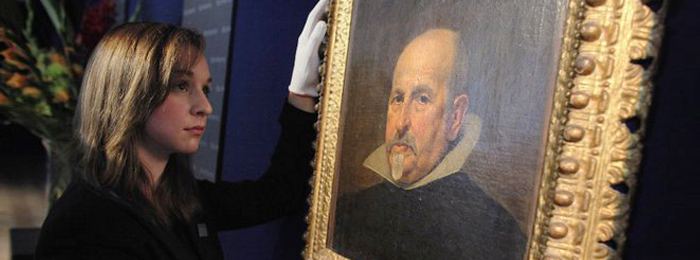On 14 Jan, 2017 With
Feedback from Junior Shelver
I’m 65 years old now. I spent a lifetime as a passionate artist. Sadly I started focusing on commercial art, illustration and cartooning and never got into fine art as I chased after a dream of making a good income.
I love the warmth and feel of painting and would love to paint and make a success of it.
So, currently I sit in my studio in from of my Wacom tablet creating educational books, charts and other related stuff and simply cannot escape for the following reason. …
Read More
On 3 Jan, 2016 With
Stolen Caravaggio Painting Barely reported here in the U.S., a version of Caravaggio’s 17th century masterpiece, the Taking of Christ (Judas’ Kiss) was stolen from the Museum of Western and Eastern Art in Odessa, Ukraine and has been recently uncovered at a Moscow online auction. The dramatic painting dating back to 1602 by the Italian Baroque master, Michelangelo Merisi da Caravaggio, depicts Judas embracing Our Lord and betraying Him with a kiss in the Garden of Gethsemane, a very apropos theme as we commemorate these events during this most Holy Week. The National Gallery of Art has a greatanalysis of this painting, for those who are interested in learning more about it. Reuters reported that the thieves “entered through a…
Read More
On 20 Oct, 2015 With
Feedback from Allen Riddell
I am 55 and have been doing art for a long time. I studied very seriously at one point in my life but then got off track due to personal family obligations.
I am a high school art teacher for the last 8 years. I made the switch to teacher late in life because of the above mentioned reasons. I paint and draw in my free time, but not enough.
It has been hard to find an audience and sell my work because of competition and a non-responsive audience for realism.
Read More
On 23 Aug, 2015 With
Oil painting techniques:Titian’s Palette Titian, the greatest Italian Renaissance painter of the Venetian school. He was recognized early in his own lifetime as a supremely great painter, and his reputation has in the intervening centuries never suffered a decline. Titian was one of the most versatile of Italian painters, equally adept with portraits, landscape backgrounds, and mythological and religious subjects. His painting methods, particularly in the application and use of color, would exercise a profound influence not only on painters of the Italian Renaissance, but on future generations of Western art. In 1590 the art theorist Giovanni Lomazzo declared him “the sun amidst small stars not only among the Italians but all the painters of the world.” During the course…
Read More
On 9 Aug, 2015 With
Whistler’s Oil Painting Technique Whistler’s approach to portraiture in his late maturity was described by one of his sitters, Arthur J. Eddy, who posed for the artist in 1894: “He worked with great rapidity and long hours, but he used his colours thin and covered the canvas with innumerable coats of paint. The colours increased in depth and intensity as the work progressed. At first the entire figure was painted in greyish-brown tones, with very little flesh colour, the whole blending perfectly with the greyish-brown of the prepared canvas; then the entire background would be intensified a little; then the figure made a little stronger; then the background, and so on from day to day and week to week, and…
Read More
On 24 Jul, 2015 With
The Rembrandt Palette Rembrandt created his portraits with a small palette of colours dominated by dark earth tones and golden highlights. Remember the number of pigments available to the 17th century artist were miniscule when compared to those available to the modern artist. Rembrandt was unusual in that he used around hundred, but less than 20 pigments have been detected in Vermeer’s oeuvre. Portraits by Rembrandt have a special quality- the brilliant use of light to illumine faces, jewels and rich fabrics; the effective use of a limited palette, and the rich, dark, transparent backgrounds all set off the subjects of his portraiture in a way never seen before and often imitated afterwards. It has been said that a painter has…
Read More
On 21 Jul, 2015 With
Caravaggio’s painting technique: Using all of the technical and art historical information we now have on the paintings that can be firmly attributed to Caravaggio we can summarize his technical practices as follows: 1) Preference for using a linen canvas support mounted on a wooden strainer. 2) Preference for dark red-brown ground, often left visible, and used as mid-tones. 3) Use of dramatic, single-source lighting. 4) Use of incisions done free-hand in the still moist ground to establish the composition and fix the pose of his models. 5) Did not use preliminary sketches but began by loosely drawing the outline of forms in dark paint and locating major highlights in lead white (abozzo). 6) Used limited palette, primarily earth colors,…
Read More
On 18 Jul, 2015 With
Glazing Painting Techniques So, here I’ll give you way too much information on glazing (or indirect painting). But you can pick out what you need and forget the rest. It’ll be right here if you ever change your mind. Here’s the first rule (yes, in art rules are for breaking, but you have to understand the rule before you can break it most effectively) Fat Over Lean All mediums are fat, all opaque pigments without medium are lean. You want to paint opaquely first, with little or no medium. In subsequent layers you can move to using more medium because the oil will soak through to the first layer. Also, you don’t want the under layer to dry slower than…
Read More
On 30 Jun, 2015 With
Rossetti did not have the natural technical talent that is seen in the small detail and brilliant color of a typical Pre-Raphaelite painting, and his early oil paintings, the Girlhood of Mary Virgin (1849) and the Ecce Ancilla Domini (1850), were produced only at the expense of great technical effort. In the less demanding technique of watercolor, however, Rossetti clearly revealed his imaginative power. The series of small watercolors of the 1850s produced such masterpieces as Dante’s Dream (1856) and the Wedding of St. George and the Princess Sabra (1857). In almost all of Rossetti’s paintings of the 1850s he used Elizabeth Siddal as his model. Discovered in a hat shop in 1850, she was adopted by the Brotherhood as their ideal of feminine beauty. In 1852 she…
Read More
On 30 Jun, 2015 With
Newly-discovered Velazquez portrait A Trinity College Dublin lecturer has discovered a previously unknown painting by the artist Diego Velazquez. The 300-year-old portrait of a man was thought to belong to a minor 19th century British artist until Dr Peter Cherry identified it as the work of the Spanish master. Velazquez is regarded as one of the greatest painters of all time. There are only 100 known paintings by him worldwide. The painting was offered for sale among other more ordinary works at an auction in Oxford. But the auction house contacted Dr Cherry of Trinity’s Department of Art and Architecture after some details in the painting aroused interest. A former student of Dr Cherry’s worked at the auction house, Bonhams….
Read More


